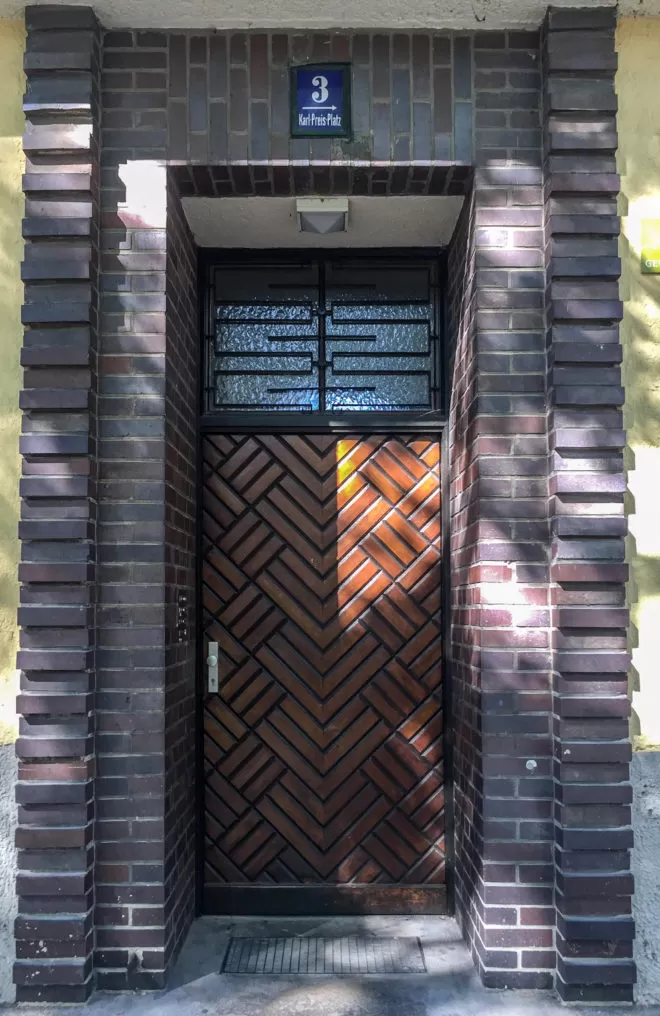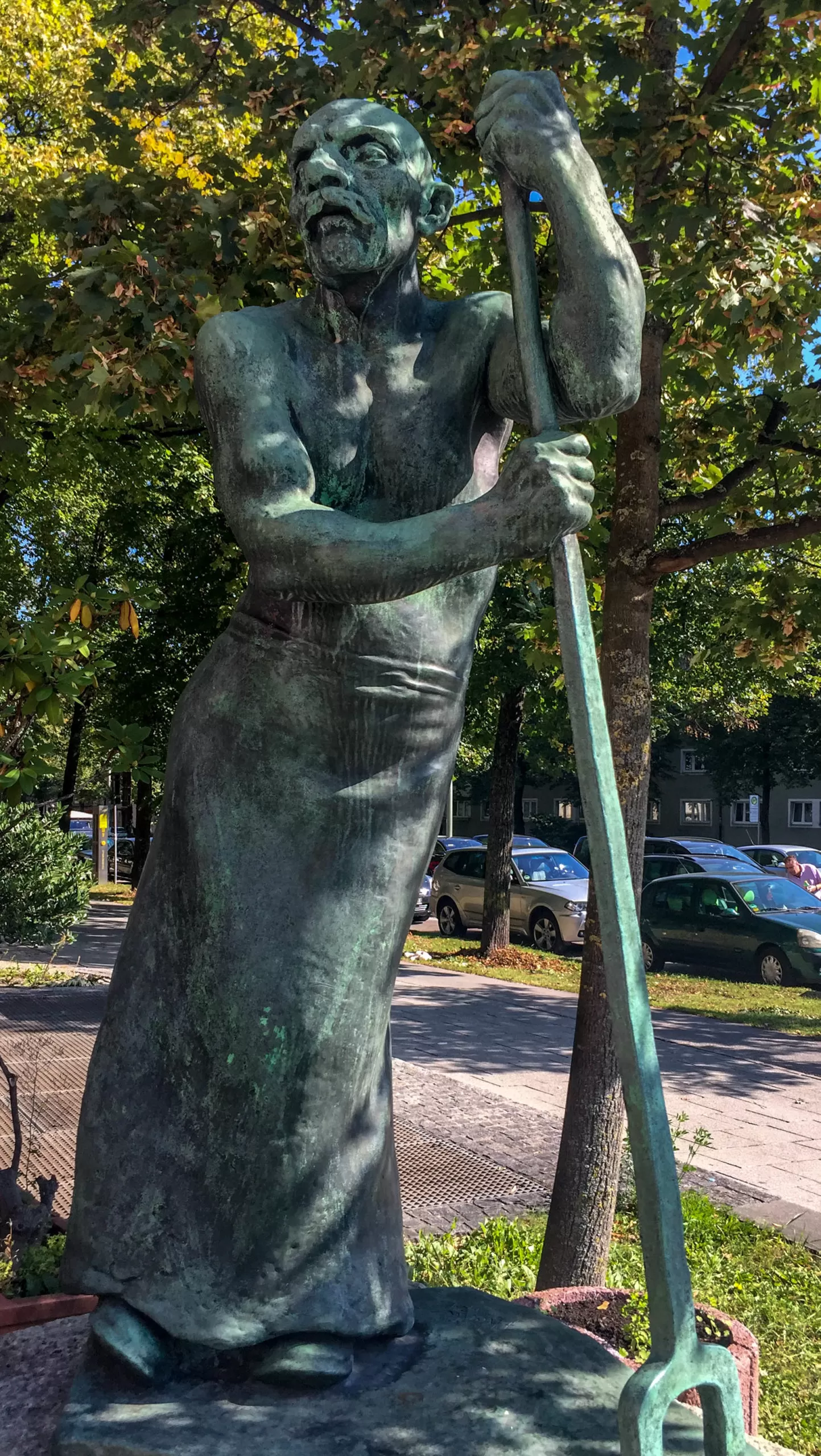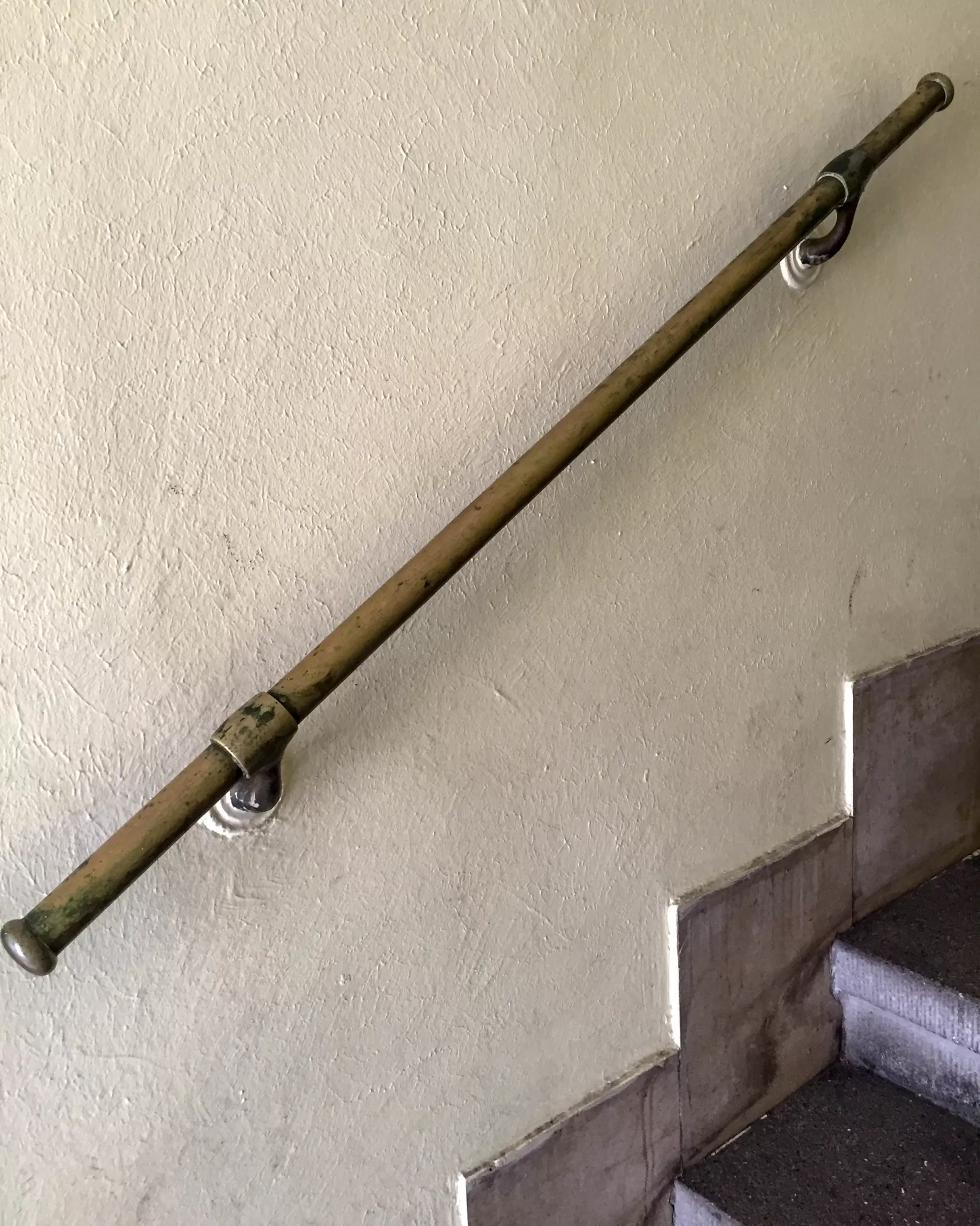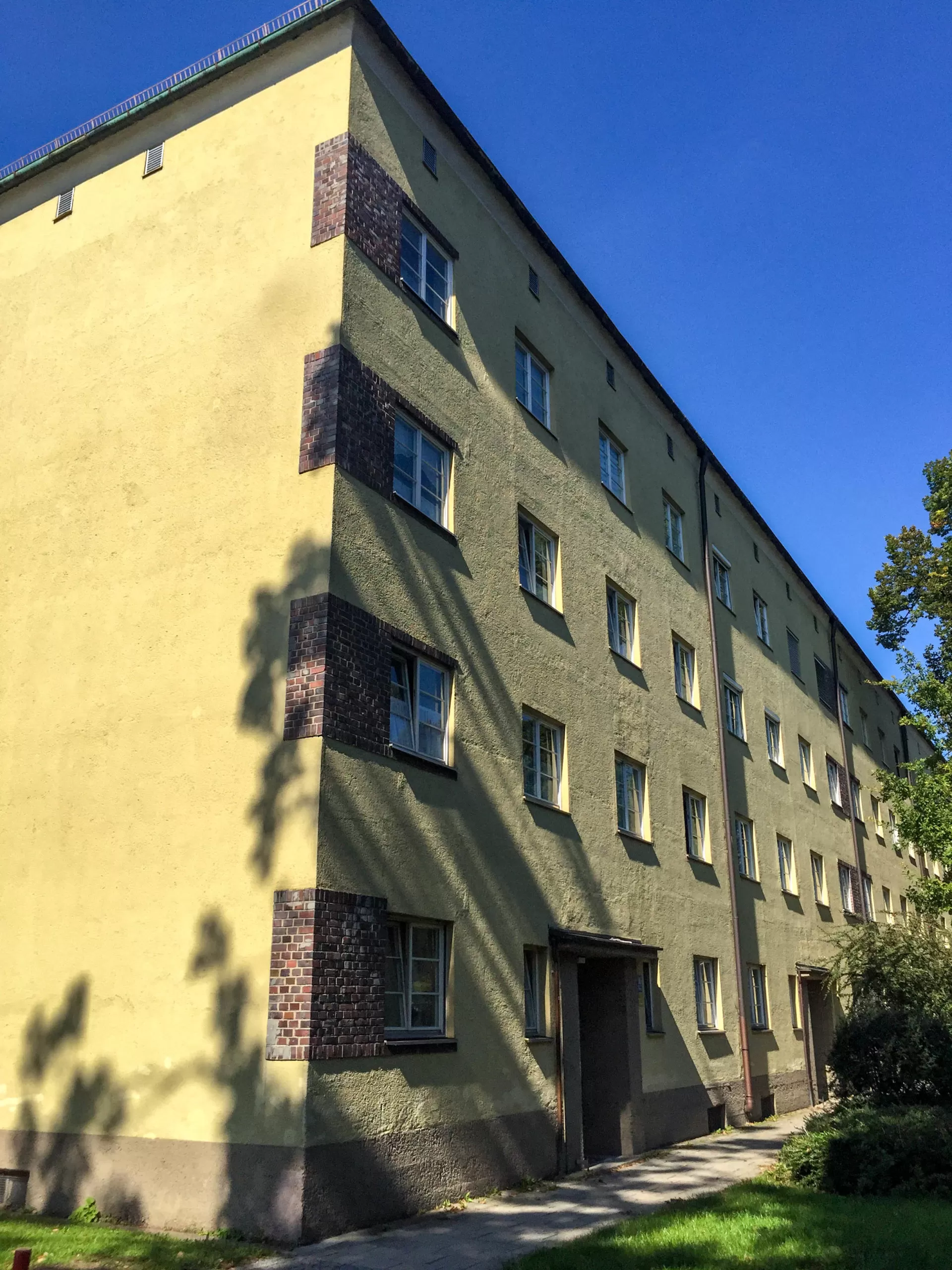
Neuramersdorf Estate, 1928-1930. Architects: Oscar Delisle, Bernard Ingwersen, Richard Berndl. Photo: Daniela Christmann
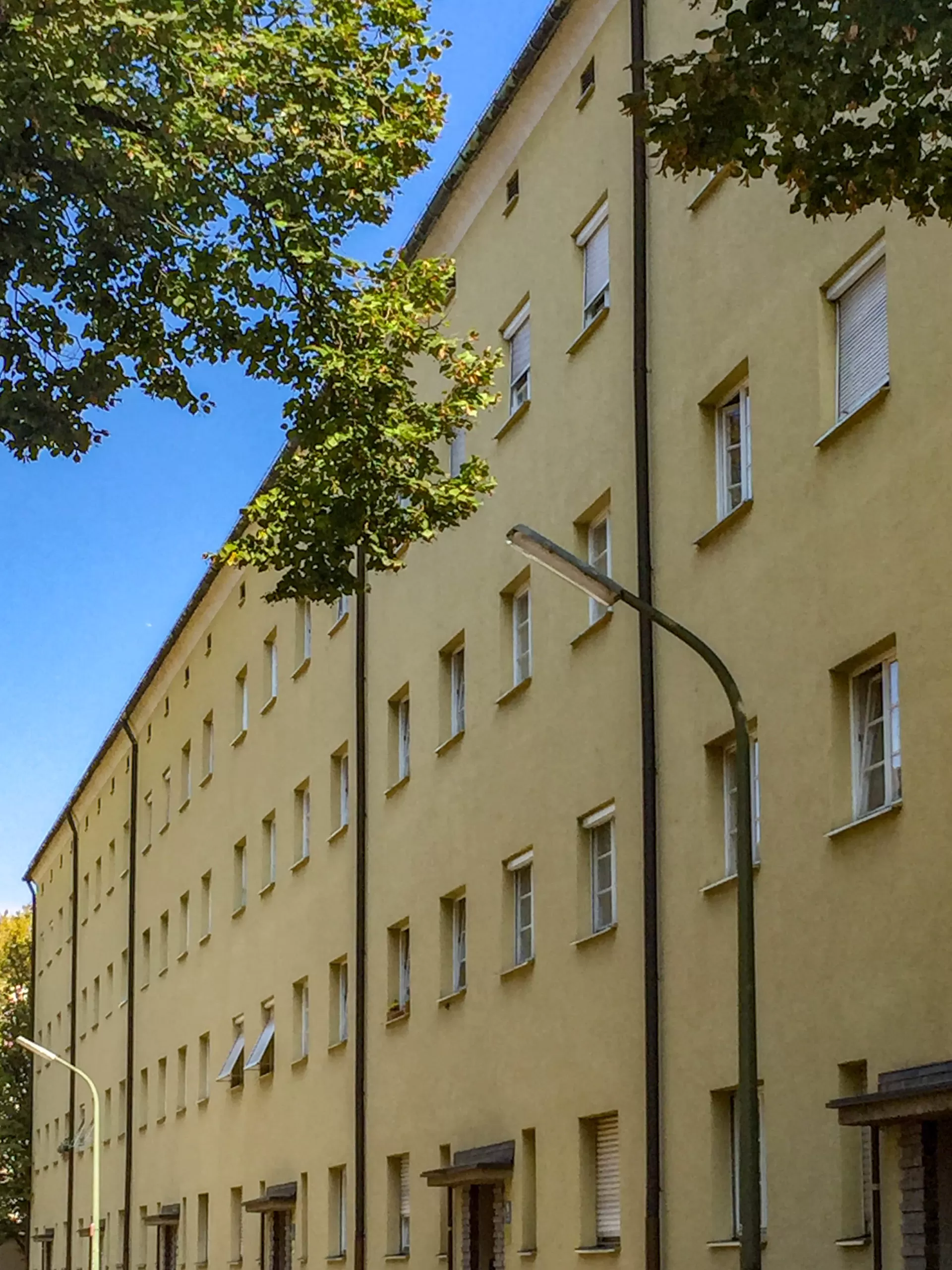
Neuramersdorf Estate, 1928-1930. Architects: Oscar Delisle, Bernard Ingwersen, Richard Berndl. Photo: Daniela Christmann
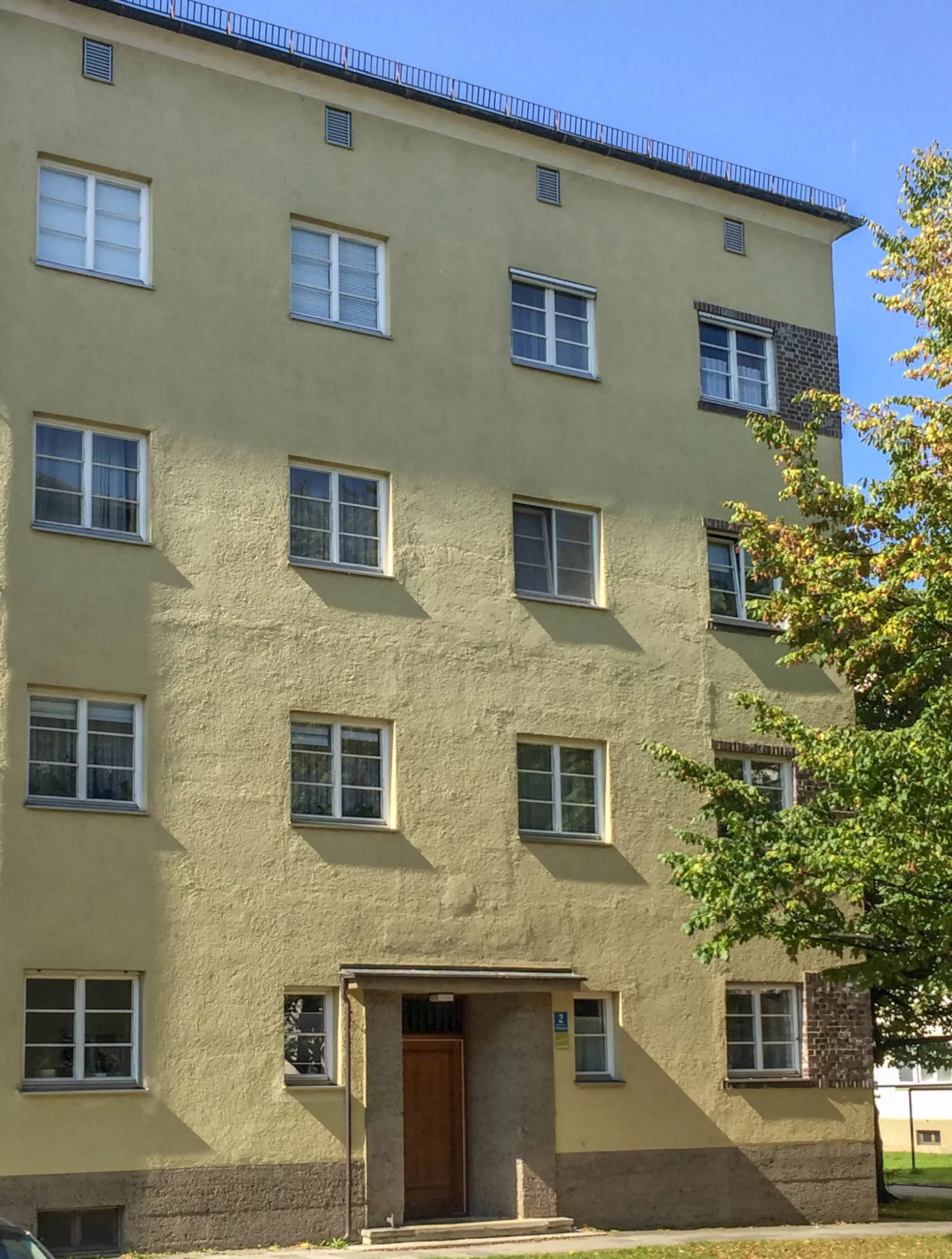
Neuramersdorf Estate, 1928-1930. Architects: Oscar Delisle, Bernard Ingwersen, Richard Berndl. Photo: Daniela Christmann
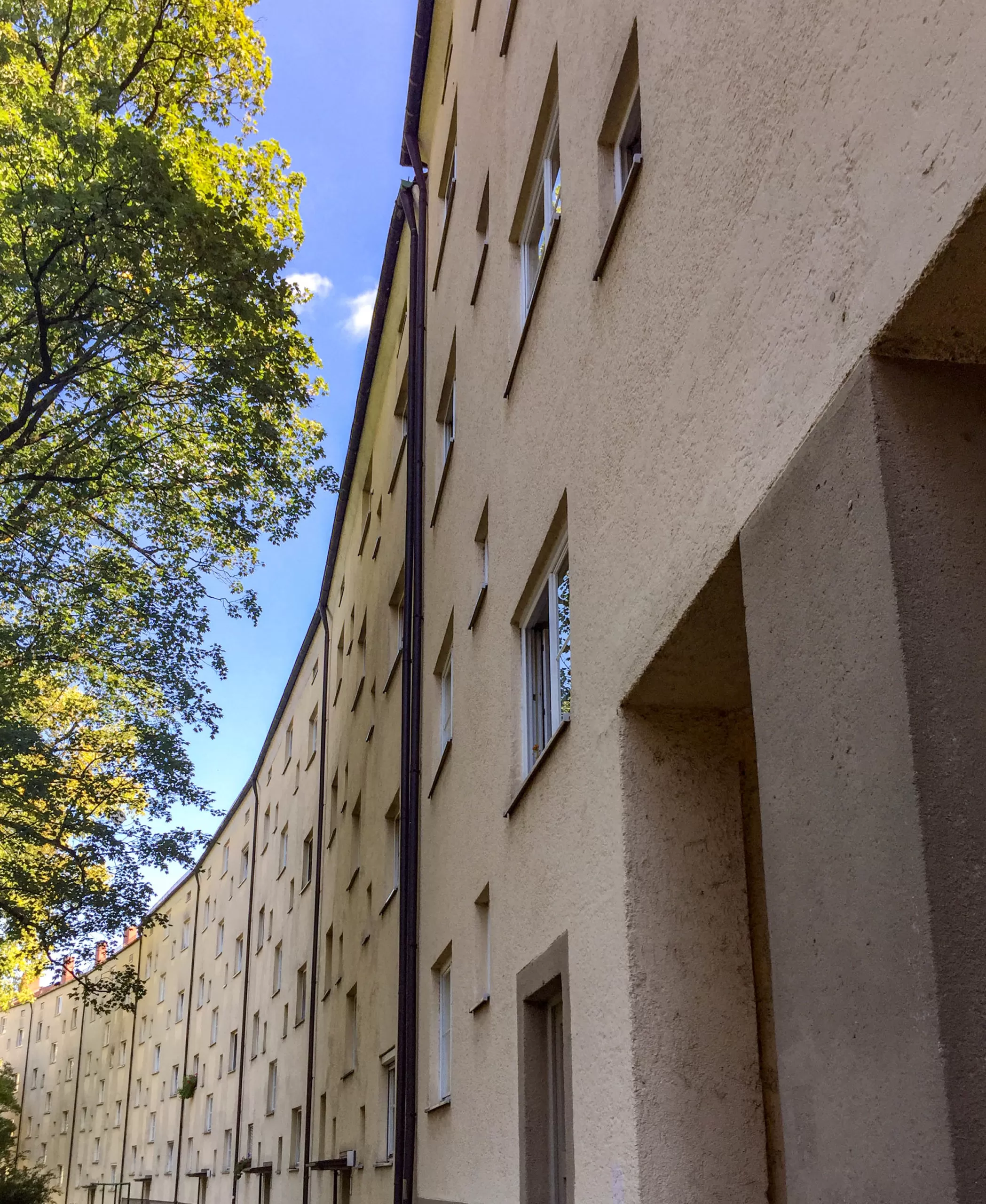
Neuramersdorf Estate, 1928-1930. Architects: Oscar Delisle, Bernard Ingwersen, Richard Berndl. Photo: Daniela Christmann
1928 – 1930
Architects: Oscar Delisle, Bernhard Ingwersen, Richard Berndl
Anzinger Straße, Rosenheimer Straße, Wollanistraße, Karl-Preis-Platz, Munich, Germany
Neuramersdorf housing estate in Berg am Laim, Munich, was erected between 1928 and 1930 according to plans by architects Oscar Delisle, Berhard Ingwersen and Richard Berndl.
Munich Housing Estates
It was the largest of a total of five large housing estates built in Munich in the 1920s.
Karl Preis
The building program, initiated by Karl Preis, was aimed at alleviating the housing shortage in Munich.
After the end of World War I, the general situation not only in Munich but in all major cities in Germany was determined by economic depression, housing shortage and a great need for socially just housing.
In 1917, the city of Munich established a department for housing construction and housing to efficiently counteract the housing shortage.
Neuramersdorf Estate
From the currency reform in 1924 and until the Great Depression, there was a significant increase in construction projects. State and municipal loans were made to building cooperatives to construct large neighborhoods to alleviate the housing shortage.
From 1918 to 1927, the city of Munich built a total of about 14,000 apartments, including two single people’s homes and an old people’s home.
Municipal Housing Company
The planning of the five large housing estates of the municipal housing company GEWOFAG was preceded in each case by an architectural competition, the invitation to tender for which called for the greatest possible economic efficiency, type construction, architectural uniformity (plastered brick construction, box-type windows, sloping roof) and standardized floor plans.
Originally, the plans called for 3500 apartments, but the onset of the Great Depression put paid to these plans. By 1930, about 1400 apartments had been completed.
Urban planning and Design
Neuramersdorf is divided into two subareas that meet at the intersection of Anzingerstrasse and Melusinenstrasse / Aschheimerstrasse.
A four-story perimeter development shields the north-south oriented rows from the main traffic arteries.
Inside the block structures, traffic-calmed streets and residential courtyards are formed by the arrangement of the individual rows. The floor plans of the apartments were created according to a total of four types.
Fritz Koelle
At Karl-Preis-Platz stands the life-size bronze sculpture “Der Blockwalzer” by Fritz Koelle from 1930.
The work of art has only been back on the former Melusinenplatz (now Karl-Preis-Platz) since 1976, having been removed by the National Socialists in 1933 as an example of so-called ‘Bolshevik art appreciation’.
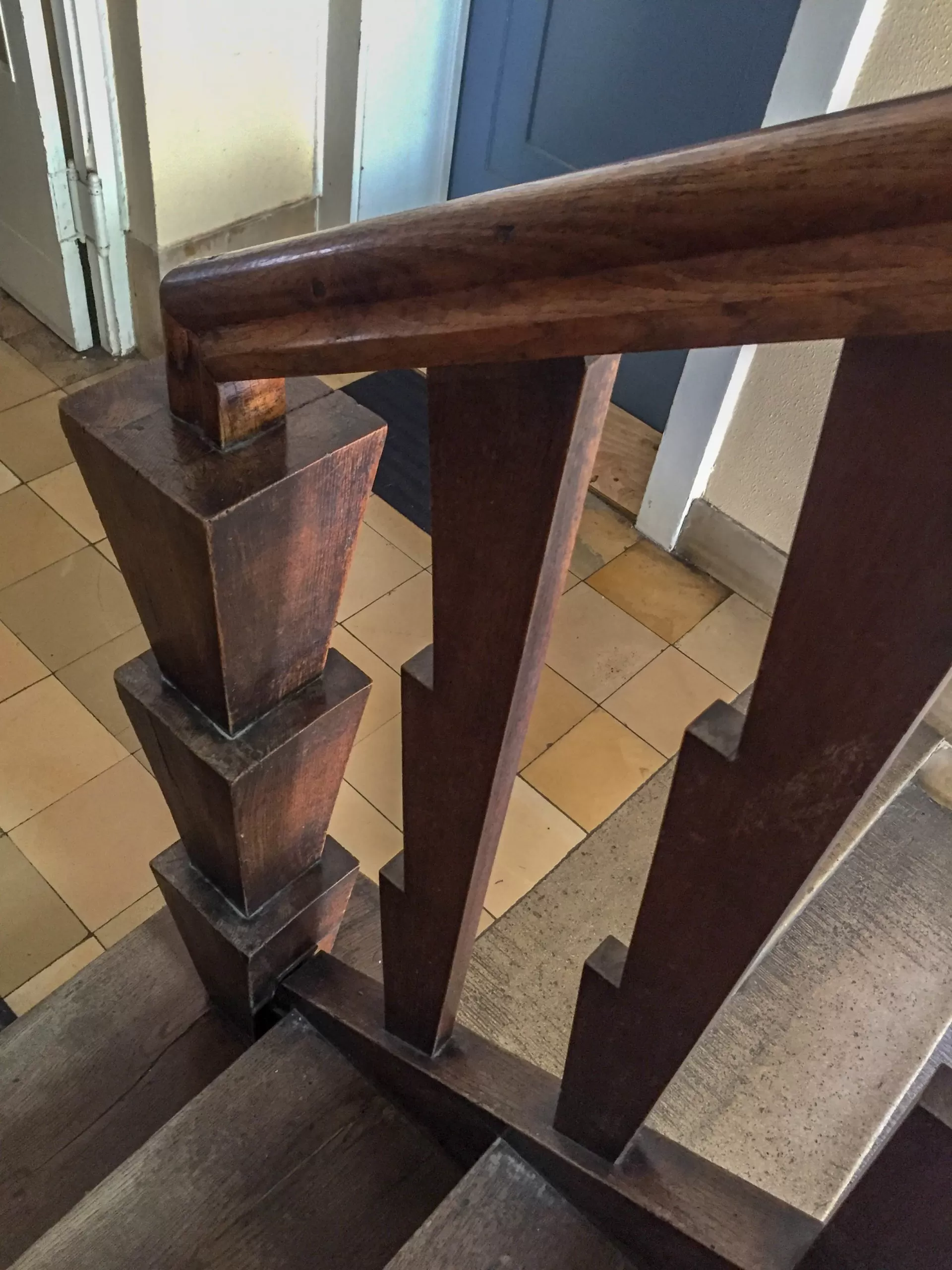
Neuramersdorf Estate, 1928-1930. Architects: Oscar Delisle, Bernard Ingwersen, Richard Berndl. Photo: Daniela Christmann
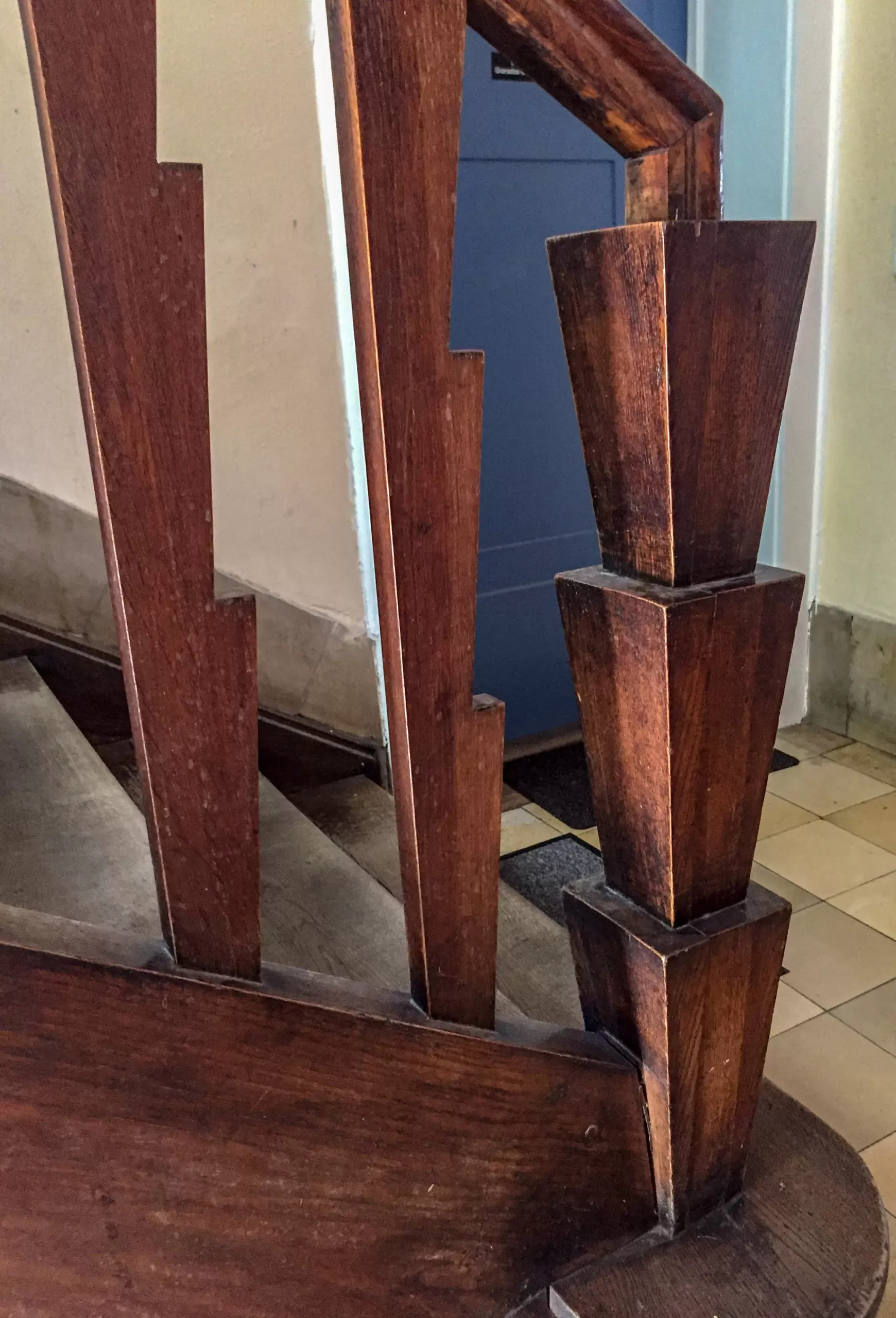
Neuramersdorf Estate, 1928-1930. Architects: Oscar Delisle, Bernard Ingwersen, Richard Berndl. Photo: Daniela Christmann
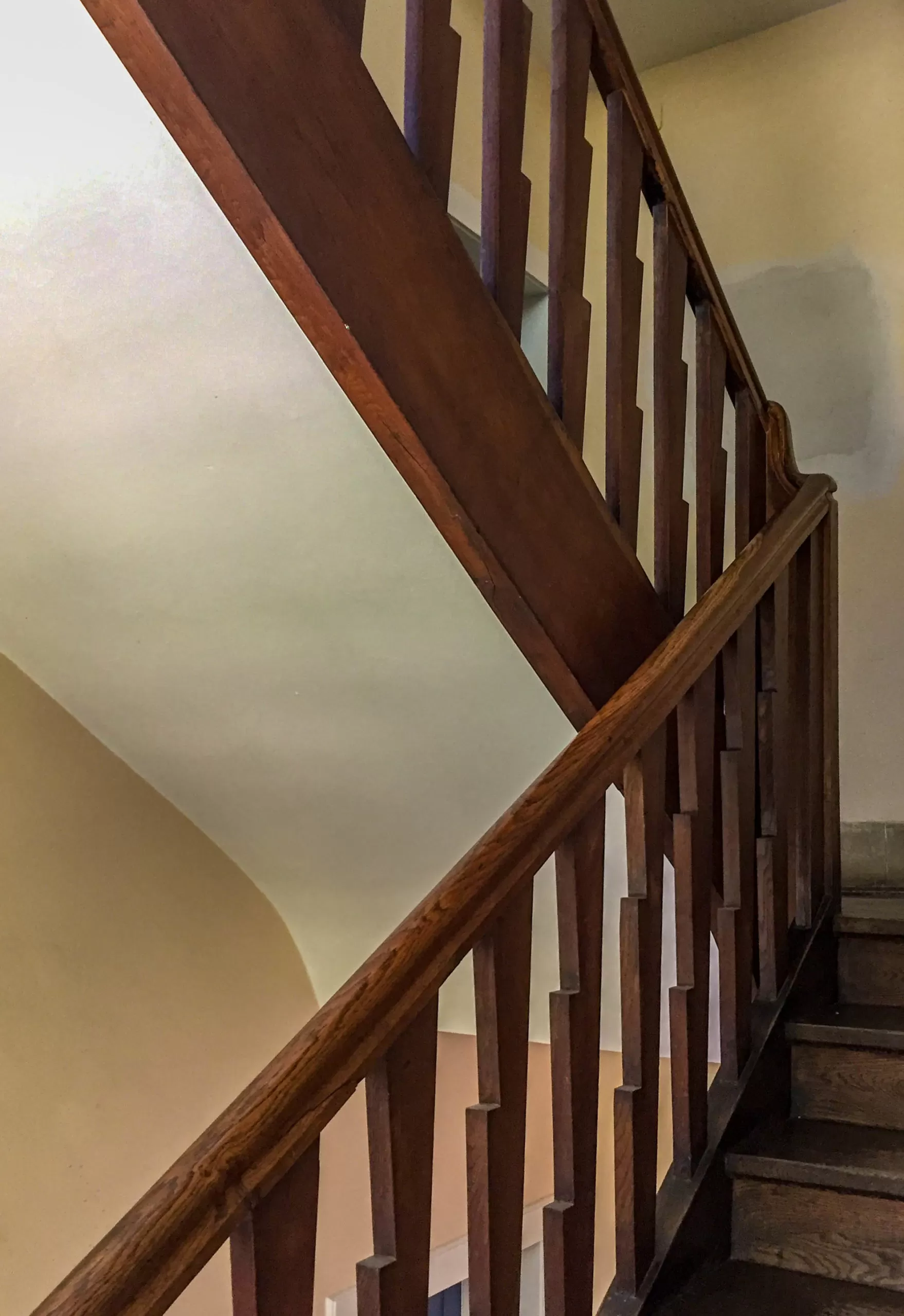
Neuramersdorf Estate, 1928-1930. Architects: Oscar Delisle, Bernard Ingwersen, Richard Berndl. Photo: Daniela Christmann

